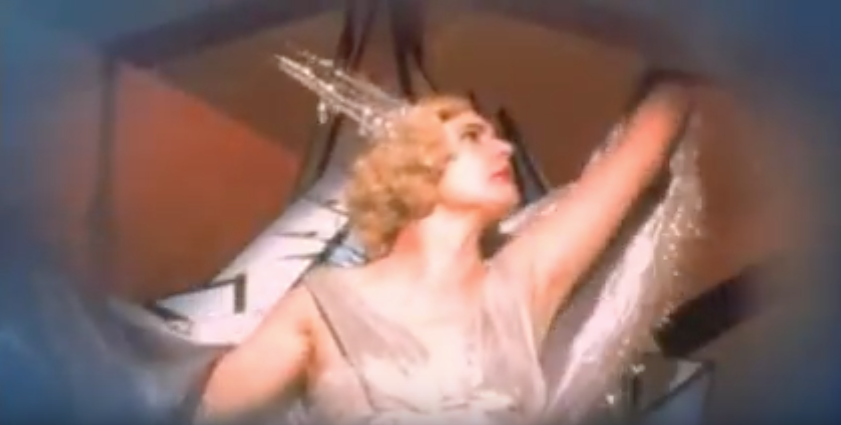He may be a difficult director to decipher at times, but I was always going to come back for more of Canada’s own Guy Maddin. Last year I watched two of his films, My Winnipeg and The Forbidden Room, which left me with an inescapable desire to describe in an article my first experience with this unique and often challenging director. Lately, I decided to take the time to watch one of his earlier and most noted films, The Saddest Music in the World. While this 2003 film features Maddin’s trademark use of silent-era/early-sound techniques, with a touch of surrealist symbolism, I find it is not only his most traditional and approachable film (for Maddin at least), but also arguably his most tragic.
Set in 1933 Winnipeg, during the Great Depression, we see the smug, sleazy Chester Kent (Mark McKinney) returning to his hometown. While Chester is more than touched by the ways of capitalist America following his bout as a Broadway producer, he is also broke. As fate would have it, his old flame Helena (Isabella Rossellini), the owner of a local brewery, announces a competition to find the nation with the saddest music in the world, the prize being twenty-five thousand dollars. This immediately catches the attention of not only Chester, but musicians from the world over who pour into Winnipeg for the contest. Amongst the musicians drawn to the contest is Chester’s estranged family: his brother Roderick (Ross McMillan), who represents Serbia and lives in perpetual sadness, and his reformed alcoholic father, Fyodor (David Fox), representing Canada. This not only brings up past tensions between the men, but also sees them competing to claim the cash prize for differing, personally compelling reasons.
As can be expected with a filmmaker paying homage to early eras of cinema, the film’s story is wonderfully overblown to the point of melodrama. The story might also sound overly familiar and absurdly surreal at the very same time, but that is just plain Maddin! The true genius lies in the way he uses all these elements to make an affective, in-depth character work, and it is his use of imagery that is at the centre of it all.
Superimposition was the pinnacle of visual effects in the silent era, considered a trademark of the era, and Maddin uses this technique to advance the thematic and narrative elements that define his characters. For instance, when Chester witnesses his mother’s death in a flashback, a block of ice is shown in his eye, expressing in precious seconds the reason for his lack of empathy, and overall cold-hearted nature. It may be a little on the nose, but silent film relied more heavily on the ability of images to further narrative, and Maddin takes full advantage of this.
With regards to the performances, then, I was initially unimpressed with McKinney’s acting as Chester, his performance grew on me as I came to better understand the damaged character he is playing, thanks in no small part to Maddin’s direction. While David Fox deserves credit for his performance also, it is Rossellini who unquestionably steals the show, conveying emotional shifts in her character with an air of grace and empathy, which is all the more admirable in a film that deliberately accentuates overacting to convey character.
It is never easy putting a Guy Maddin film into words. There have been numerous books and studies written on his work, and he even does guest lectures at Harvard University. So this short article hardly does the man justice. What I will say, however, is that he produces work that is visually and emotionally complex, and is certainly not for everyone. But given the chance, a film like The Saddest Music in the World can prove to be an arresting experience, reminding us of the image’s power, without having to always fall back on dialogue.

